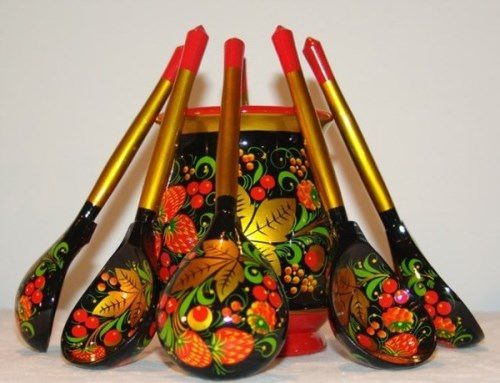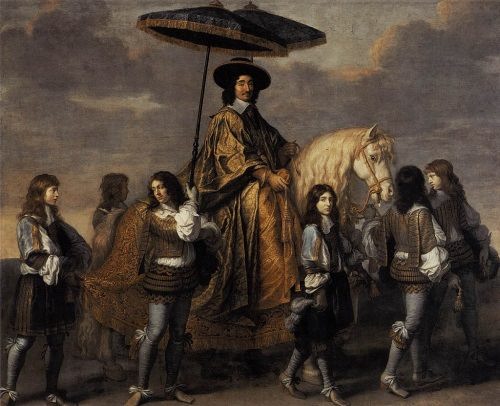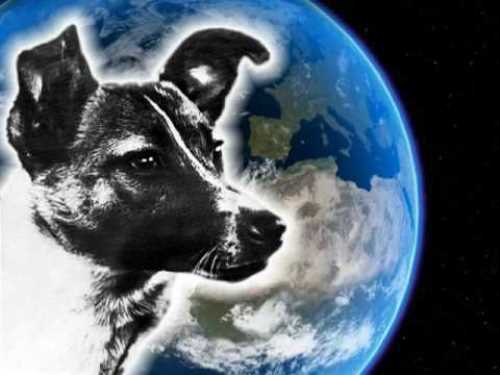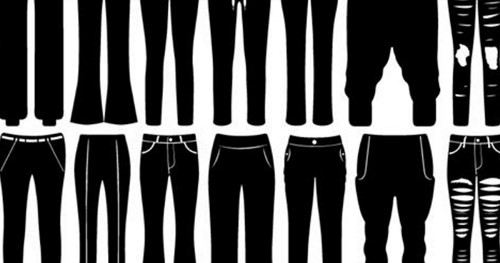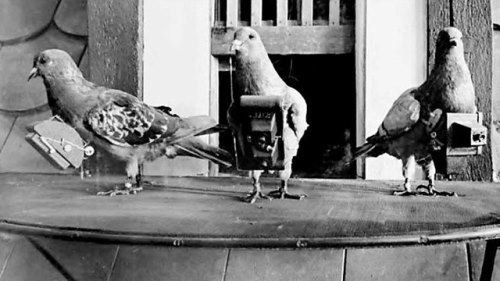Spoon – useful thing
Once a person had liquid food, he had no choice but to invent a spoon. The ancient Egyptians had spoons made of wood, stone and ivory. In ancient Rome, they used spoons made of bronze and silver. In the Middle Ages, rich people ate with silver spoons, while the rest of the spoons were made of tin and wood. In the countries of Northern and Eastern Europe, which were rich in forests, spoons were carved out of wood.
In Russia spoons appeared at least two thousand years ago. In ancient Novgorod there were various wooden spoons decorated with paintings and carvings. Silver spoons in Russia were made by forging. For a simple Russian peasant, the spoon was one of the few personal things. Therefore, it was protected and marked.
More »
